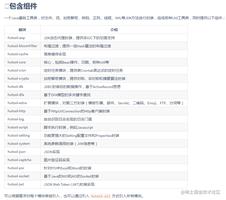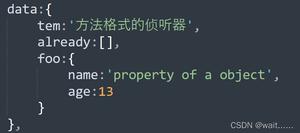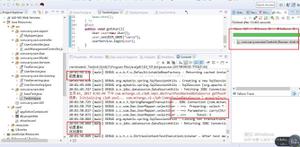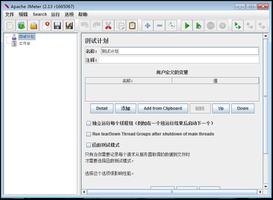使用thunk减少测试异步中间件
我有一个中间件,等待ARTICLE_REQUEST操作,执行fetch并在完成提取时调度ARTICLE_SUCCESS或ARTICLE_FAILURE操作。像这样使用thunk减少测试异步中间件
import { articleApiUrl, articleApiKey } from '../../environment.json'; import { ARTICLE_REQUEST, ARTICLE_SUCCESS, ARTICLE_FAILURE } from '../actions/article';
export default store => next => action => {
// Prepare variables for fetch()
const articleApiListUrl = `${articleApiUrl}list`;
const headers = new Headers({ 'Content-Type': 'application/json', 'x-api-key': articleApiKey });
const body = JSON.stringify({ ids: [action.articleId] });
const method = 'POST';
// Quit when action is not to be handled by this middleware
if (action.type !== ARTICLE_REQUEST) {
return next(action)
}
// Pass on current action
next(action);
// Call fetch, dispatch followup actions and return Promise
return fetch(articleApiListUrl, { headers, method, body })
.then(response => response.json());
.then(response => {
if (response.error) {
next({ type: ARTICLE_FAILURE, error: response.error });
} else {
next({ type: ARTICLE_SUCCESS, article: response.articles[0] });
}
});
}
我真的很想知道如何测试这个异步代码。我想看看后续操作是否会正确调度,并且可能调用fetch调用时使用正确的URL和参数。谁能帮我吗?
PS:我使用thunk虽然我没有绝对的把握它的功能,因为我只是跟着另一个代码示例
回答:
你可以嘲笑fetch()功能,像这样:
window.fetch = function() { return Promise.resolve({
json: function() {
return Prommise.resolve({ … your mock data object here … })
}
})
}
或者您缠绕在函数整个中间件像这样:
function middlewareCreator (fetch) { return store => next => action => { … }
}
,然后创建与实际取方法作为parame中间件所以你可以交换它进行测试或生产。
以上是 使用thunk减少测试异步中间件 的全部内容, 来源链接: utcz.com/qa/262369.html









